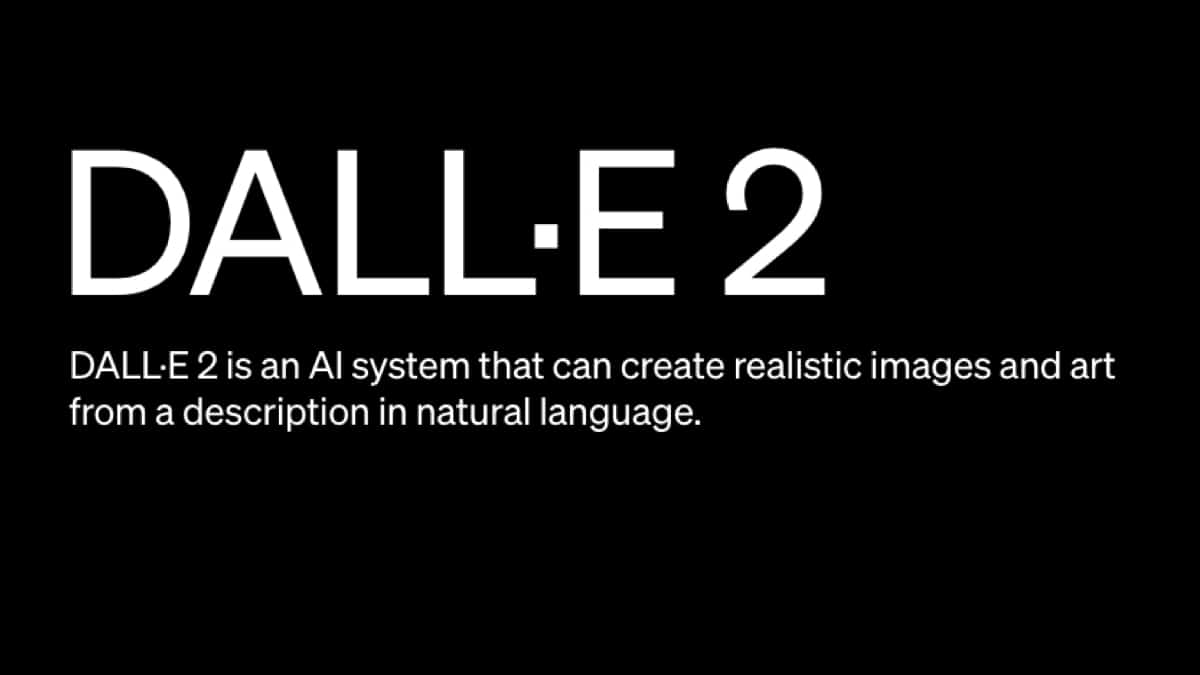For those with their finger on the AI pulse, you might be wondering: Does Dall-E 2 Use Stable Diffusion?
Dall-E 2 is an artificial intelligence (AI) program that OpenAI has developed. It is popular for its ability to generate images from textual descriptions.
This article will explore stable diffusion and whether Dall-E 2 uses it. So, read on for all the key information.
What’s Stable Diffusion?
Stable diffusion is a type of algorithm useful in generative models for creating art. It comes in handy in generating images from textual descriptions.
The algorithm gradually adds noise to the input image until it matches the textual description. The user must repeat the process multiple times to refine the image to match the requirements.
How Does Stable Diffusion Work?
Stable diffusion works by gradually adding noise to the input image. The amount of noise is controlled by the diffusion coefficient. As the diffusion coefficient increases, more noise is added to the input image.
The algorithm then gradually removes the noise to refine the image. This process is repeated multiple times until the generated image matches the textual description.
So, Does the Artificial Intelligence Program Use Stable Diffusion?
Yes, Dall-E 2 uses sound diffusion to generate images from textual descriptions. During its training, the algorithm gradually adds noise to the input images and refines them using stable diffusion. Furthermore, this process allows the algorithm to learn how to generate high-quality images that match the textual descriptions.
What are the Benefits of Using this Parameter?
Using stable diffusion has several benefits:
- It allows the algorithm to generate high-quality images matching textual descriptions.
- It allows the algorithm to handle complex and diverse textual descriptions.
- Allows the algorithm to generate more realistic and natural-looking images.
What are the Limitations?
However, using stable diffusion also has some limitations:
- It can be computationally expensive and time-consuming.
- Tuning the diffusion coefficient to achieve optimal results can be difficult.
- Additionally, it can be sensitive to the quality and diversity of the training data.
Accuracy Dall-E 2 in Generating Images
Dall-E 2 is highly accurate in generating images from textual descriptions. It can generate images that are highly detailed and natural-looking.
Nonetheless, it is not perfect, and there are still some limitations to what it can do. For example, it may struggle with generating images that require a high level of creativity or abstraction.
Some Potential Applications of Dall-E 2
Dall-E 2 has many potential applications in various fields, including design, advertising, and entertainment. Furthermore, it can generate images for product designs, advertising campaigns, movies, and video games. Additionally, you can also use it in scientific research to visualize complex data and concepts.
Conclusion
Dall-E 2 uses stable diffusion to generate high-quality images from textual descriptions. This algorithm allows the program to handle complex and diverse textual descriptions and generate more realistic and natural-looking images.
Although sound diffusion has limitations, Dall-E 2 is highly accurate in generating images and has many potential applications in various fields.






